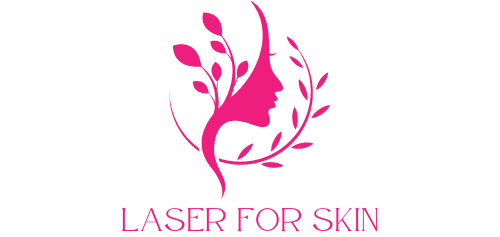Introduction: Uneven skin tone, characterized by dark spots, sun damage, and pigmentation irregularities, can detract from one’s complexion and confidence. While various topical treatments offer some relief, laser therapy has emerged as a powerful tool for achieving even-toned skin. By targeting pigmented lesions and stimulating skin renewal, laser therapy offers effective results in reducing discoloration and promoting a more uniform complexion. Let’s explore how laser therapy can blast away pigmentation, leaving behind radiant, even-toned skin.
- Understanding Pigmentation Issues:
- Pigmentation irregularities, such as sunspots, freckles, melasma, and post-inflammatory hyperpigmentation, result from an overproduction of melanin, the pigment responsible for skin color.
- Factors such as sun exposure, hormonal changes, inflammation, and genetics contribute to the development of pigmentation issues, leading to uneven skin tone and texture.
- How Laser Therapy Works:
- Laser therapy targets excess melanin in the skin, breaking down pigmented cells and promoting their clearance by the body’s natural processes.
- Specific wavelengths of light are used to penetrate the skin and target melanin-containing cells, while sparing surrounding tissue from damage.
- Laser treatments stimulate collagen production and skin renewal, promoting a more even distribution of pigment and reducing the appearance of pigmented lesions.
- Types of Laser Therapy:
- Intense Pulsed Light (IPL) Therapy: IPL emits broad-spectrum light that targets melanin and hemoglobin in the skin, making it versatile for treating various types of pigmentation and vascular concerns.
- Q-Switched Nd:YAG Laser: Q-Switched lasers emit high-intensity pulses of light that target melanin in the skin, effectively breaking down pigmented cells and promoting clearance.
- Fractional Laser Therapy: Fractional lasers create microthermal zones in the skin, promoting collagen production and texture improvement while targeting pigmented areas.
- The Treatment Process:
- Consultation and Assessment: Patients undergo a comprehensive evaluation to assess their skin type, concerns, and treatment goals, ensuring the most appropriate laser modality is selected.
- Treatment Planning: A customized treatment plan is developed, outlining the type of laser therapy, the number of sessions needed, and pre- and post-treatment care instructions.
- Treatment Sessions: During the procedure, the laser device is applied to the skin, delivering targeted energy pulses to address pigmented lesions and promote skin renewal.
- Post-Treatment Care: Patients receive instructions for post-treatment care, including skincare regimen, sun protection, and follow-up appointments to monitor progress.
- Benefits and Considerations:
- Benefits: Laser therapy offers targeted and effective results in reducing pigmentation irregularities, leading to a more even-toned complexion and improved skin texture.
- Considerations: While generally safe, laser therapy may carry some risks, including temporary side effects such as redness, swelling, and pigmentation changes. It’s essential to consult with a qualified dermatologist or skincare professional to ensure safe and effective treatment.
Conclusion: Laser therapy provides a powerful solution for achieving even-toned skin, effectively blasting away pigmentation and revealing a more radiant complexion. By targeting excess melanin and promoting skin renewal, laser treatments offer transformative results in reducing dark spots, sun damage, and other pigmentation irregularities. Whether dealing with melasma, sunspots, or post-inflammatory hyperpigmentation, laser therapy empowers individuals to reclaim confidence in their skin and embrace a smoother, more uniform complexion.



